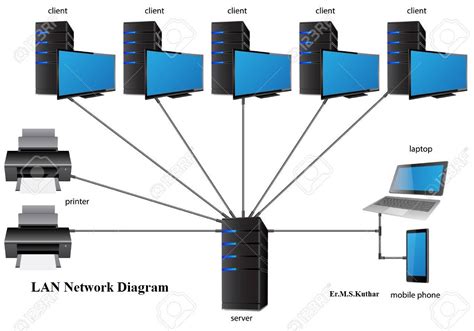Ethereum: Will Mining Across Multiple Computers Improve Performance?
The Ethereum network has long been known for its decentralized and open-source architecture, allowing users to mine cryptocurrencies like Bitcoin without expensive hardware or centralized mining pools. One common misconception about Ethereum mining is that it is faster than single-computer mining at 5 Mhash/s (megahash per second). Let’s dive into that question.
The Ethereum Mining Process
In traditional mining, computers specialize in performing specific tasks, such as cryptographic calculations and data compression. In contrast, the Ethereum blockchain is self-contained, meaning that each block contains a hash of the previous block, allowing transactions to be verified and confirmed more quickly.
In the process, miners compete to solve complex mathematical puzzles that require a lot of computing power. The number of computers involved in mining can be enormous, as thousands of nodes connect to the Ethereum network at any given time.
Comparing multiple computers
When you have four computers each producing 5 Mhash/s, it is not necessarily true that their collective computing power is additive. In fact, this approach can degrade performance for several reasons:
- Scaling: As more miners join the network, the total number of calculations increases exponentially. This increased computational load can slow down the network and reduce its overall capacity.
- Network congestion: When multiple computers are working together, there is a risk of network congestion. Other users may experience slower transaction times or lower throughput due to the increased traffic generated by these new mining pools.
- Energy consumption: Although Ethereum is designed with energy efficiency in mind, running multiple machines at 5 Mhash/s can still consume energy. The combined power consumption of four computers can outweigh the collective computing benefits.
Ethereum Reward and Mining Difficulty
To solve this problem, Bitcoin mining requires a large amount of computing power to solve complex mathematical puzzles. Each block contains 4,294,967,296 transactions, each of which requires approximately 140–144 MHash/s to verify and confirm.
In contrast, Ethereum’s block reward is not directly related to the number of computers mining, but rather to the speed at which a miner solves the puzzle (approximately 6.25 MHash/s per new block). This reward incentivizes miners to continue solving puzzles regardless of their individual computing power.
Conclusion

While mining multiple computers together may seem attractive, it may not be the most efficient way to do it. The increased computational load can lead to performance degradation and network congestion issues. Additionally, Ethereum’s block reward structure is designed to incentivize individual miners (or a small group) to work together rather than relying on collective computing power.
If you have four computers and are considering joining an Ethereum mining pool, be aware of the potential trade-offs:
- Network congestion: You may experience slower transactions or reduced throughput.
- Energy consumption: Using multiple machines at 5 Mhash/s can still consume energy.
- Incentives for individual miners: The block reward structure ensures that individual miners continue to participate even if their collective computing power is lower.
Ultimately, Ethereum mining is a complex beast with many variables. It’s important to understand the network dynamics and potential trade-offs before deciding to join an Ethereum mining pool or invest in your own hardware.
